I only spent 2 days in Shizuoka Prefecture, but I managed to see a lot. The previous day I visited 3 castles: Hamamatsu Castle, Kakegawa Castle and Tanaka Castle. On the second day I decided to take a look at Sunpu Castle in Shizuoka City.
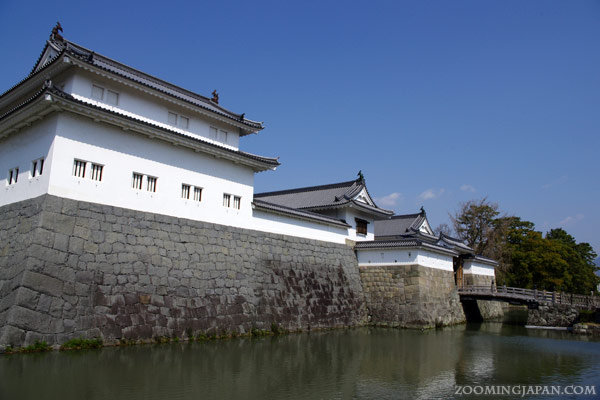
The History of Sunpu Castle
Sunpu Castle – or Sumpu Castle (駿府城) – is located in Shizuoka City, Shizuoka Prefecture (map). The nickname of Sunpu Castle was originally “Castle of the Floating Isle.” Other common names were Fuchu Castle (府中城) or Shizuoka Castle (静岡城).
About 650 years ago, Japan was still a group of small provinces. At that time Shizuoka Prefecture was a province called “Suruga” and was ruled by the Imagawa family. The original Sunpu Castle was a fortified palace built by Imagawa Norimasa in the 1400s.
The famous Tokugawa Ieyasu spent his childhood there as a hostage of the Imagawa Family. Yet he received the finest education of that time.
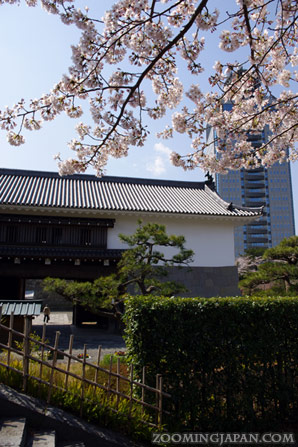
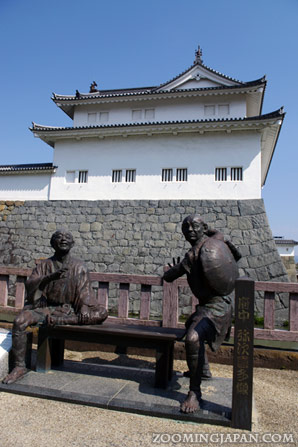
After being freed from captivity, the adult Ieyasu started to gain control over Suruga. From 1585 to 1589 he built Sunpu Castle.
In 1600 he defeated Toyotomi Hideyoshi in the well-known Battle of Sekigahara. As a result, Ieyasu became the first shogun who was successful in unifying all the provinces of Japan to form one peaceful country.
In 1605 Ieyasu passed the title of shogun to his son, Hidetada, and then moved to Sunpu Castle where he expanded the castle layout by constructing a third bailey. The current layout of the city of Shizuoka is based on Lord Ieyasu’s plans from that era.
The main keep of Sunpu Castle had to be rebuilt a few times. After a fire burnt down the main keep (and other castle buildings) in 1635 it was never rebuilt.
Like many other castles in the early Meiji Period (1868-1912) it was dismantled and the moats were filled in.

The Remains of Sunpu Castle
The layout of Sunpu Castle is a typical example of the Rinkaku style (輪郭式, rinkaku-shiki) of Japanese castles where the main keep (honmaru, 本丸) is surrounded by moats and two additional courtyards called “Ni-no-Maru” (二の丸) and “San-no-Maru” (三の丸). Using this style increased the defense force of the castle in every possible direction.
Besides Sunpu Castle, Yamagata Castle is also a good example where this arrangement has been used.
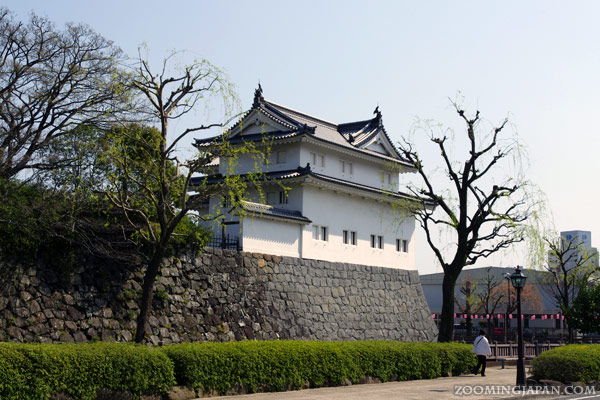
In 1889 the castle grounds became property of Shizuoka City.

The “Ni-no-Maru” became “Sunpu Park” and the “San-no-Maru” has many public buildings standing inside its walls. One of them is the Prefectural Office that you can see in the background.
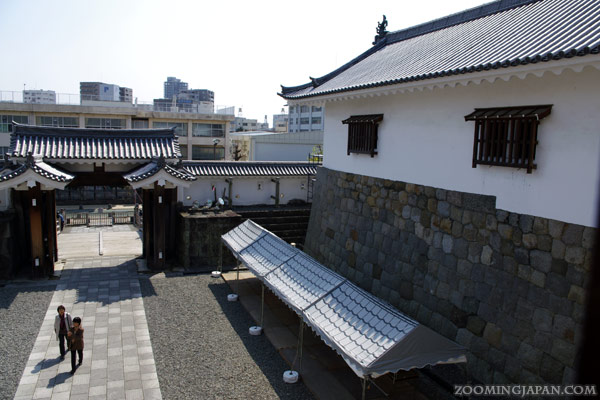
Rebuilt were only the East Gate (on the left) and the Tatsumi-Yagura Tower (on the right).
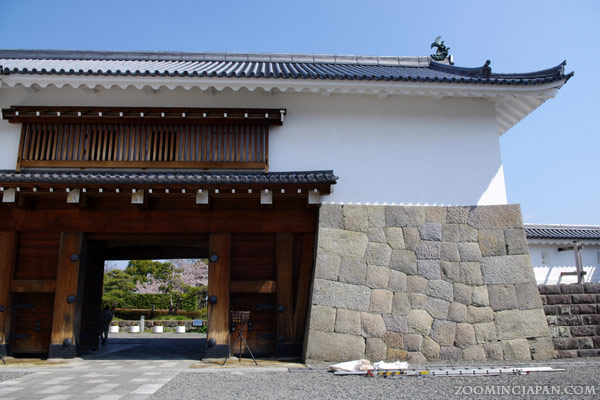
The East Gate was burnt down in a fire in 1635 (just like many other castle buildings), but rebuilt in 1638. The current version was reconstructed in 1996 with traditional Japanese architectural methods that use no nails.

Nowadays you’ll find a lot of information about the original castle structures inside the rebuilt “Tatsumi Yagura” (Arsenal Tower), like the castle miniature model you see in the photo above.
Tatsumi (巽) means that the tower was positioned in the southeast corner of the castle grounds. Yagura (櫓) describes a storage place for arrows. It was used for storing weapons, food and supplies. It also served as a lookout tower during battles.
It’s a L-shaped tower which is rare in Japan. It was also the tallest tower on the Sunpu Castle grounds, but burnt down in 1635. The current version was reconstructed in 1990.

The arsenal tower also features a detailed miniature layout of the original castle grounds.
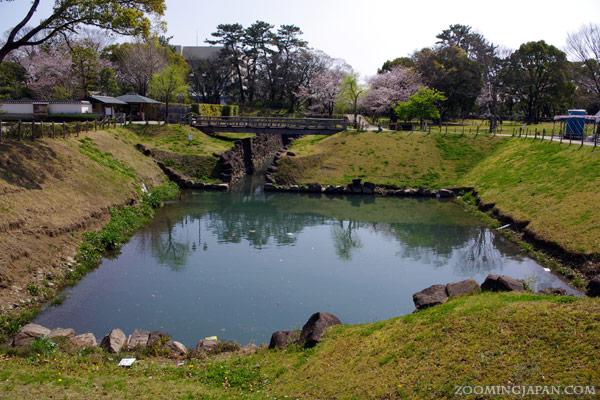
This is the third and innermost moat of Sunpu Castle. It was filled with earth and stone in 1896, but later excavations located the aqueduct and the southeast corner of the moat.

A stone in the center of the park with the inscription: Sunpu Castle (駿府城, sunpu-jou)

The park is quite spacious and gives you a good idea of how big the original castle layout must have been. There’s also a small Japanese Garden which will be featured in the next post.
While this is certainly not one of my favorite castles, there’s no doubt that it’s one of the most important castles in Shizuoka Prefecture. If you are in Shizuoka I recommend visiting. After all it’s close to the JR Station and the park is nice for a walk!
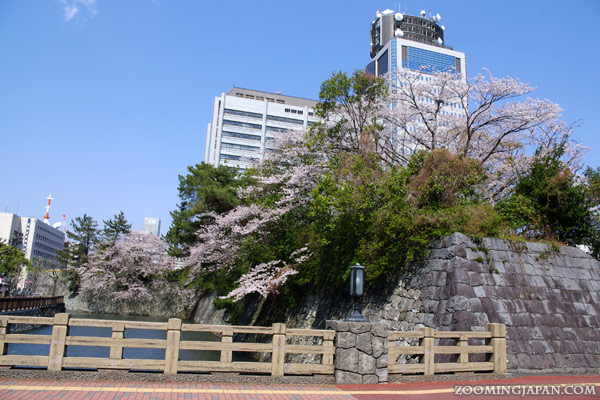
Like most castle parks I highly recommend visiting in spring as it’s most beautiful then! If you’re a little bit late, the moats might be filled with pink cherry blossom petals which is also very pretty!
Combined admission for Momijiyama Japanese Garden: 300 yen (adult); 80 yen (children)
15 mins walk from JR Shizuoka Station.









Wow! Another castle!! There seems to be so many to visit in Shizuoka Prefecture. Now I’m really kicking myself for not visiting sooner. Thanks for sharing another one to add to my list :)
Yes, another castle! ^___^
The good thing about it is that most castles in Shizuoka Prefecture are easy to access.